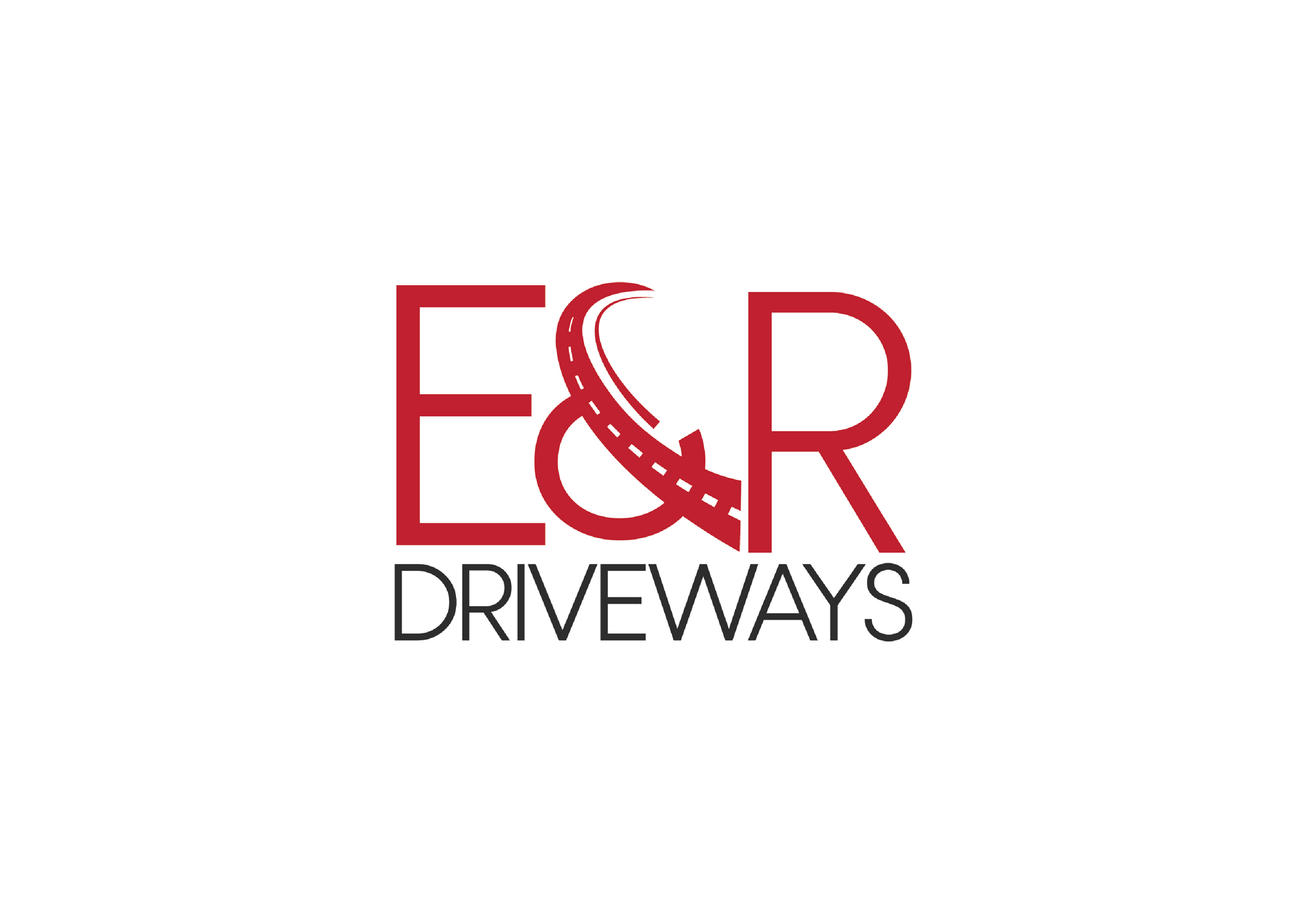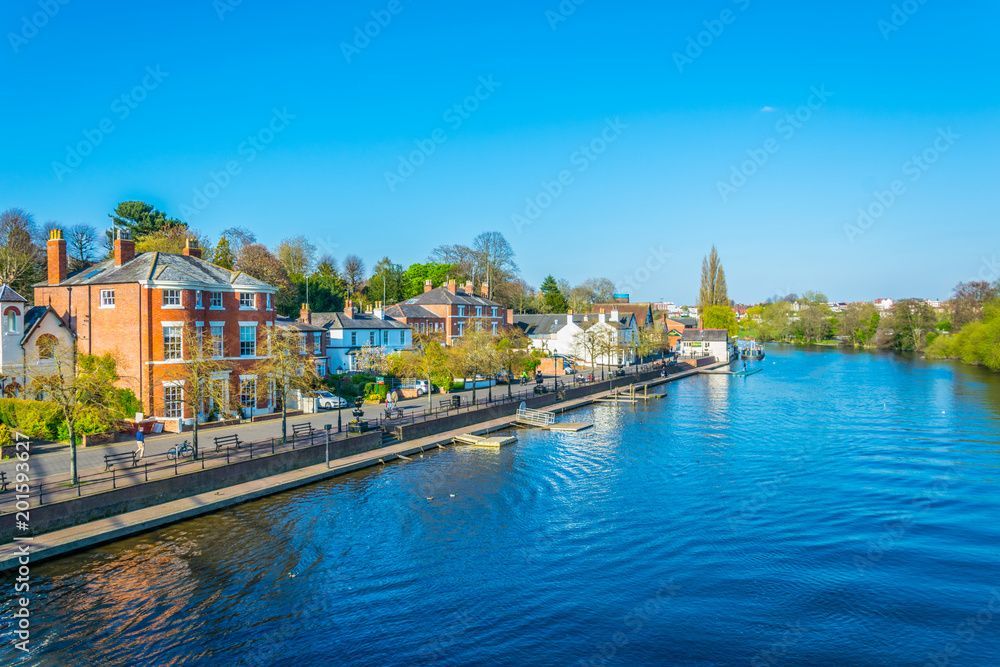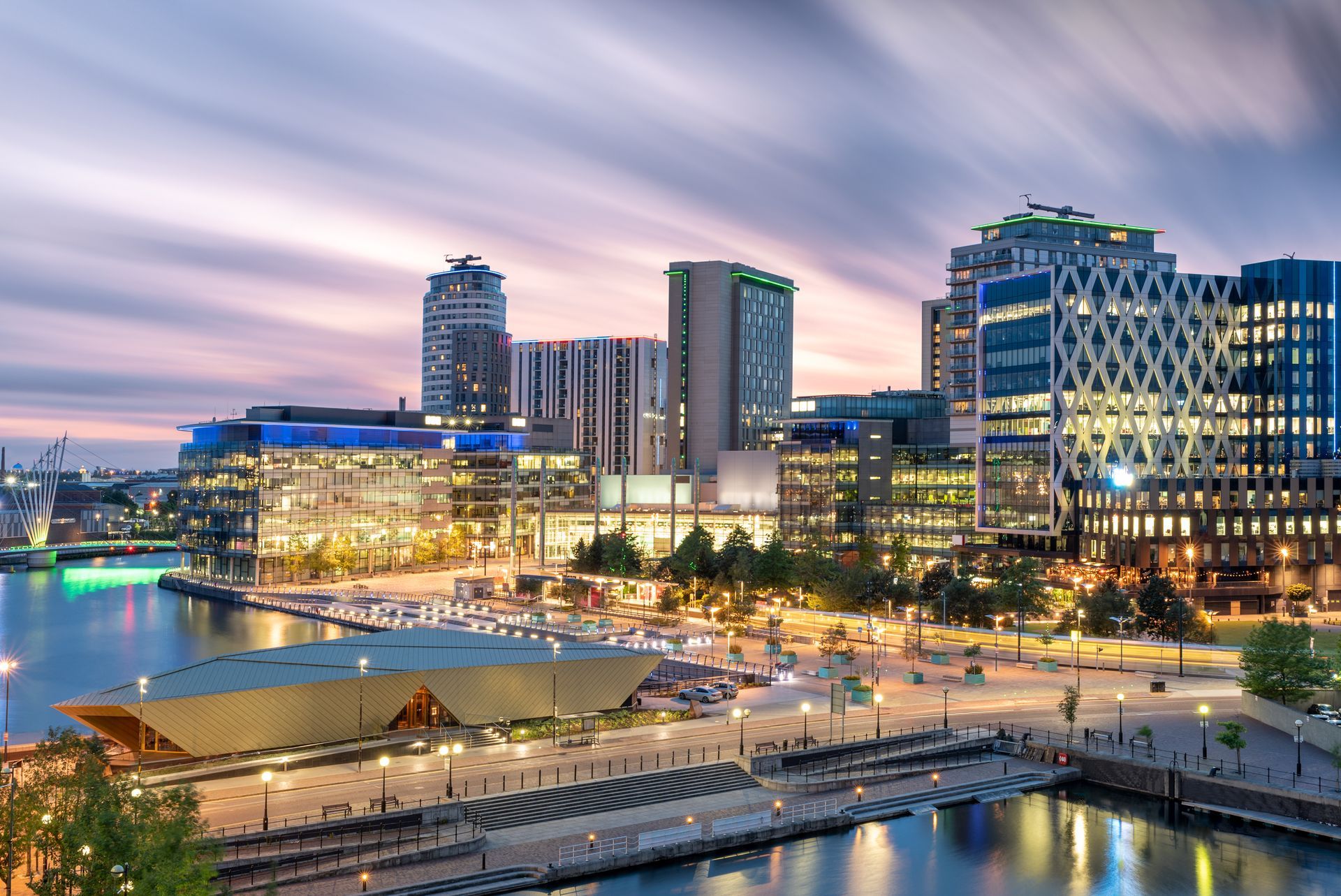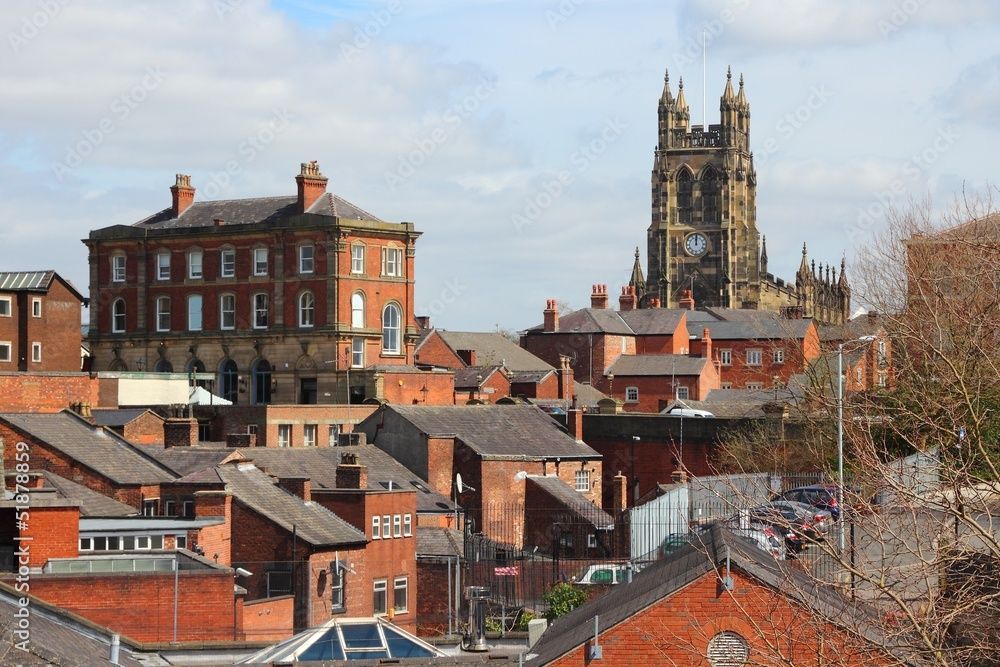Artificial Grass Installation for North West Gardens: Everything You Need to Know
Why Artificial Grass is Taking Over in the North West
Across Manchester, Cheshire, and Stockport, more homeowners are swapping real lawns for artificial grass. With unpredictable weather and busy lifestyles, it’s easy to see why. No more muddy patches after heavy rain, no mowing on weekends, and no constant weeding — just a neat, green lawn all year round.
If you’re considering making the switch, here’s a complete step-by-step guide to artificial grass installation that explains the process, benefits, and what to expect.
Step 1: Planning and Measuring Your Garden
Every great installation starts with planning. The first step is to measure your garden accurately so you know how much turf you’ll need.
- Mark out the area you want to cover.
- Decide if you want edging (for example, timber or stone borders).
- Consider the layout: smaller spaces in urban Manchester may need neat, tight cuts, while larger Cheshire gardens offer more flexibility.
Step 2: Removing the Existing Lawn
Before artificial turf can be laid, the existing lawn or soil must be removed. This usually involves:
- Cutting away the old turf and topsoil (around 50–80mm deep).
- Clearing debris, stones, and roots.
- Ensuring a level surface ready for the base.
This step is vital, as a clean and stable foundation will keep your artificial grass looking smooth and professional.
Step 3: Installing the Sub-Base
A strong sub-base ensures your artificial lawn drains properly and doesn’t sink over time. In the North West, where rain is frequent, this stage is especially important.
Typically, a base of MOT type 1 hardcore is installed, followed by a layer of sharp sand that is compacted and levelled. This creates a stable and permeable surface for the grass to sit on.
Step 4: Laying the Weed Membrane
To prevent weeds from poking through, a weed control membrane is placed over the sub-base. This step keeps maintenance to a minimum while still allowing water to drain freely through the surface.
Step 5: Rolling Out and Cutting the Artificial Grass
Once the base is ready, the artificial grass is rolled out and carefully cut to fit the garden space.
- Grass is laid with the pile facing the same direction for a natural look.
- Edges are trimmed neatly, whether against fences, paving, or flower beds.
- For larger gardens, multiple rolls may be joined together seamlessly using jointing tape and adhesive.
Step 6: Securing and Finishing Touches
To keep the lawn secure, the grass is fixed down using ground pins, nails, or edging solutions. The final step is to brush up the fibres with kiln-dried sand, which helps the blades stand upright and gives a realistic appearance.
The result? A flawless, evergreen lawn that looks natural but requires very little upkeep.
Benefits of Artificial Grass in the North West
- Weatherproof: No muddy patches during Cheshire downpours.
- Low Maintenance: No mowing, no fertiliser, minimal weeding.
- Family-Friendly: Great for kids and pets who need a clean play space.
- Versatile: Works well in urban gardens, shaded areas, or rooftops.
- Long-Lasting: A high-quality installation can last 15–20 years.
Costs and Considerations
Artificial grass installation in the North West typically costs £60 – £80 per m², depending on garden size and prep work required.
While the upfront cost is higher than reseeding a real lawn, the long-term savings on water, fertiliser, and mowing equipment make it a worthwhile investment.
Ready to Transform Your Garden?
At E&R Driveways, we don’t just create stunning driveways — we also install professional artificial grass lawns across Cheshire, Manchester, and the wider North West. Whether you’re looking for a small, low-maintenance city garden or a sprawling countryside lawn, our team can help.
Contact us today for a free, no-obligation quote and enjoy a garden that looks perfect all year round.
















